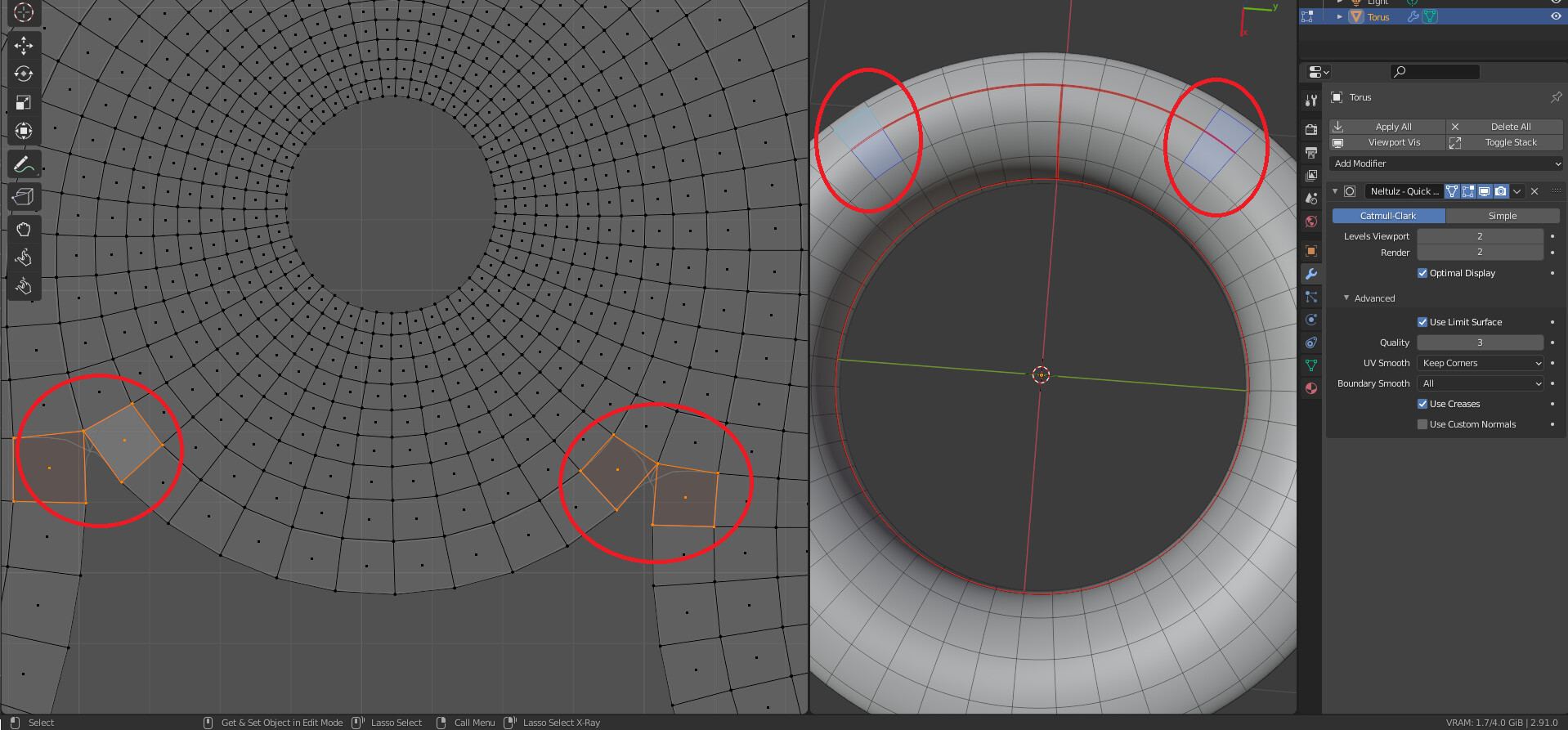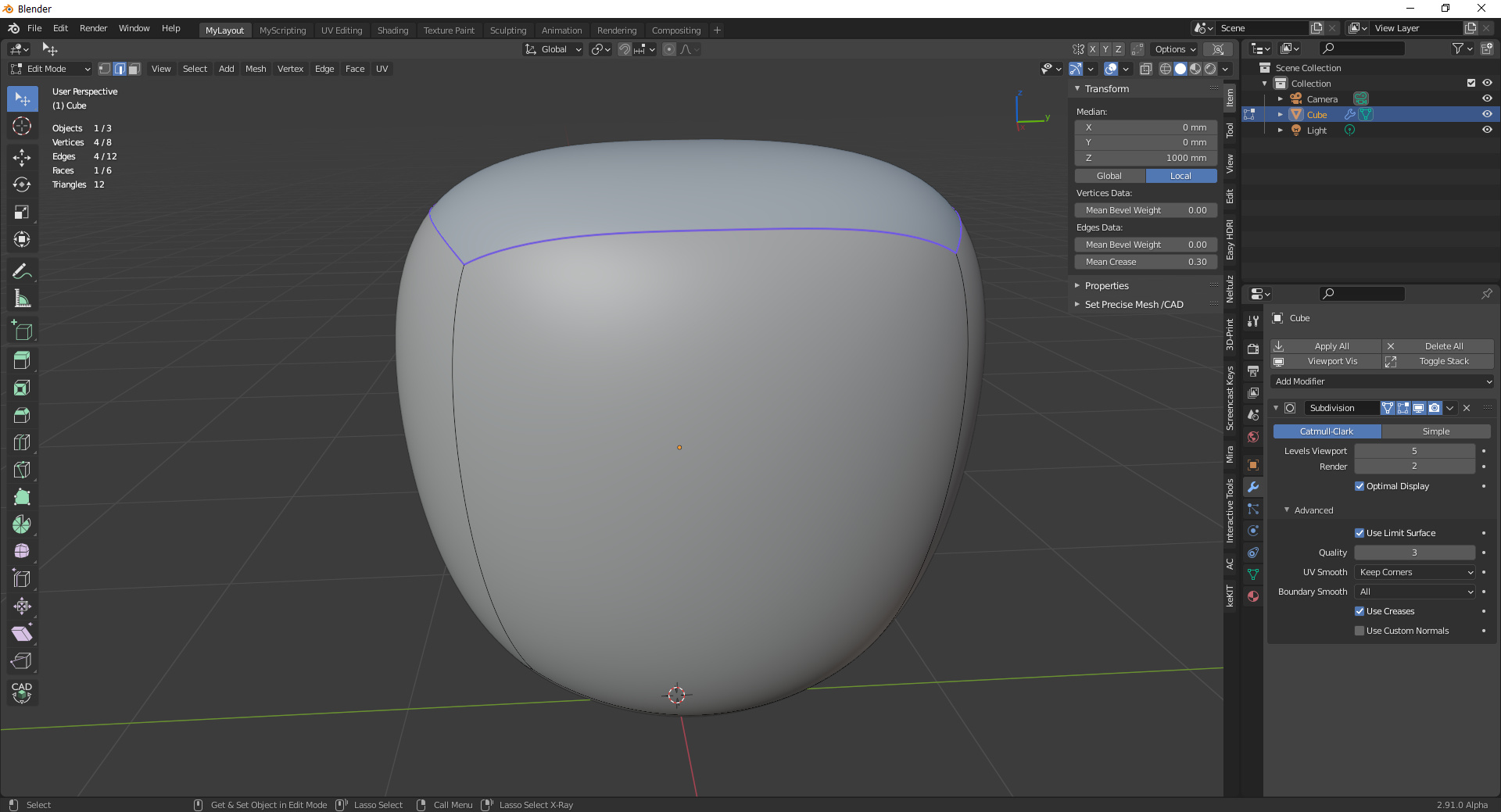

The requires significantly less GPU memory than uniform subdivisions as tessellation hardware dices those cubic patches on the fly while drawing and doesn't need to store the high resolution surface geometry. No OSX support, Historically Blender is using rather old OpenGL API and OpenSubdiv is using OpenGL 4.

This fitting process is done adaptively, so areas of the mesh that are all quads and regular aren’t subdivided at all, and the detail is clustered close to features that require it, such as creases, extrordinary points, hierarchical edits, boundaries, and corners. The release version of OpenSubdiv raises the performance bar to what we believe is the maximum level by computing cubic patches that are supported directly in hardware with tessellation shaders. The release candidate has all APIs and features in place and will receive stability bug fixes and optimizations before 1.0 release targetting January 2013.

OpenSubdiv is a set of libraries developed by Pixar Animation Studios. The OpenSubdiv release candidate is open for SIGGRAPH Asia 2012. opensubdiv (graphics/opensubdiv) Add to my watchlist 0.


 0 kommentar(er)
0 kommentar(er)
